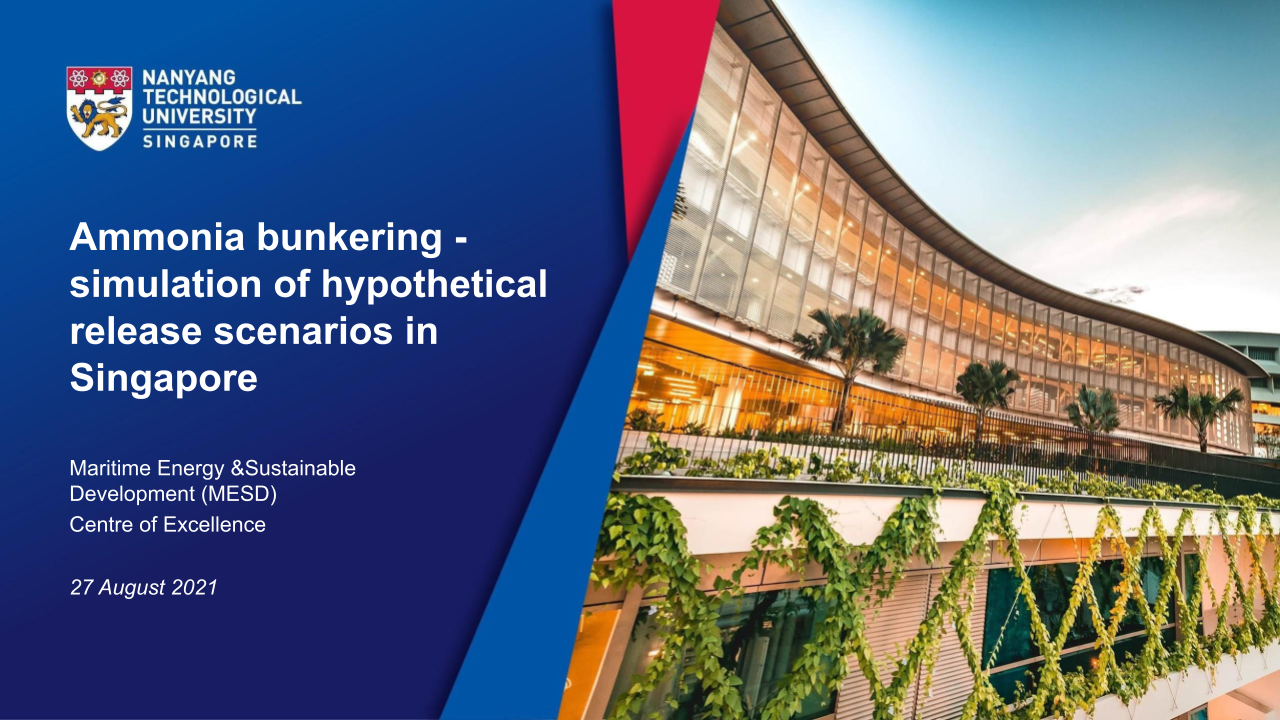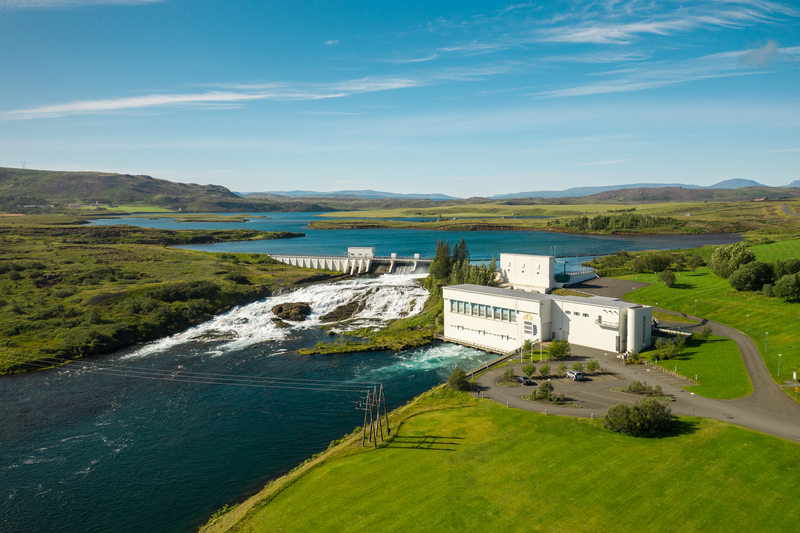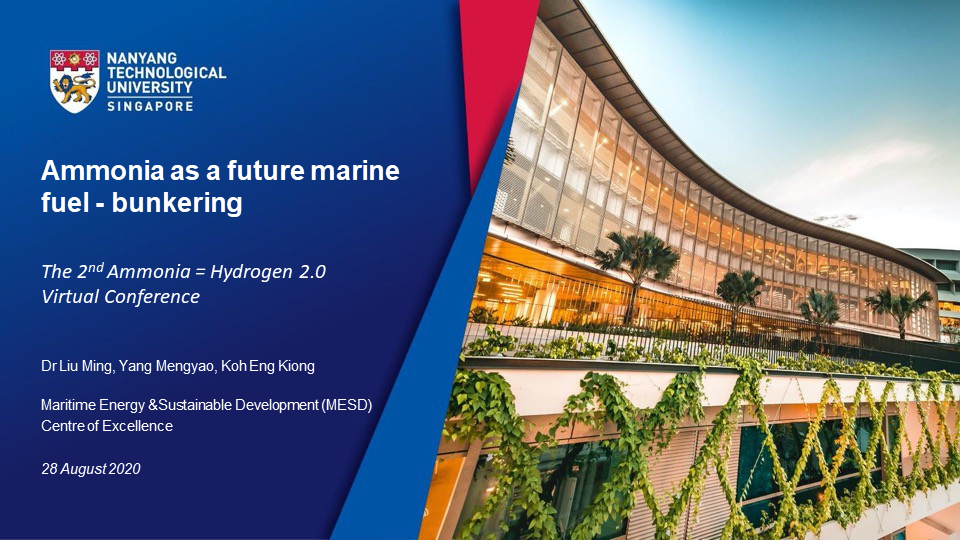Nanyang Technical University, the Singapore Maritime Institute, ASTI and the American Bureau of Shipping have released their long-awaited report into safety considerations for ammonia bunkering. The report identifies the highest-risk bunkering scenarios, uses theoretical release simulations to determine maximum impact distances, and outlines the key requirements for developing mitigation measures going forward.
Content Related to Nanyang Technological University
Presentation
Ammonia bunkering - simulation of hypothetical release scenarios in Singapore
Ammonia has the potential to be a low carbon fuel for shipping. As an important step for ships to adopt the fuel, the bunkering operation of ammonia shall be established. Ammonia bunkering can be characterized by different infrastructure and operation requirements from that of conventional marine fuel. The study presents potential bunkering concepts and configurations. The dispersion pattern due to accidental ammonia release is investigated by far-field simulation using PHAST software. The impacts of various factors on the dispersion patterns are explored to provide preliminary understandings of future ammonia bunkering safety in Singapore. Slides: please see the attached file.
Article
The Ammonia Wrap: a roadmap for ammonia-fueled gas turbines in Asia and more
Julian Atchison June 23, 2021
This week: a roadmap for ammonia-fueled gas turbines in Asia, ammonia solutions in Iceland, IMO sets new decarbonisation milestone, new ammonia-powered vessels planned, maritime study developments, Australian updates (Fortescue, AREH and Itochu in Gladstone), Fertiglobe joins Abu Dhabi blue ammonia project and Statkraft's Porsgrunn plans.
Article
Singapore Emerges as a Maritime Ammonia Center
Stephen H. Crolius March 10, 2021
Two recent announcements show Singapore emerging as a center for development of ammonia as a maritime fuel. In both cases, multi-party coalitions, with Singaporean connections, are focusing on ground-breaking work.
Presentation
Ammonia as a future marine fuel - bunkering safety and potential issues
Bunkering is an indispensable operation to supply fuel to ships. Currently in marine industry, ammonia has been a bulk commodity frequently loaded/unloaded from terminal to ship or ship to terminals. The operation is similar to bunkering, the difference being that ammonia is transferred to a dedicated storage tank instead of fuel tank. The future adoption of green ammonia as a marine fuel will need to be developed taking reference of the existing industry practice, of which the bunkering operation is carried out for heavy fuel oil, diesel oil, marine gas oil, lube oil and LNG. There is also a need…
Presentation
Alternative low carbon energy for maritime application
Singapore is the largest trans-shipment seaports in the world that has connectivity to 600 ports in over 120 countries. The country has a thriving maritime cluster that comprises over 5,000 maritime-related establishments contributing about 7% of the nation’s gross domestic product. With the growth in world trade and expanding future port activities, the Greenhouse Gases (GHG) emission from the local ports is expected to increase in tandem to support the wide range of essential port services. This is a challenge for Singapore and the maritime industry as global climate change agreements call for the reduction in GHG emission. This presentation…





